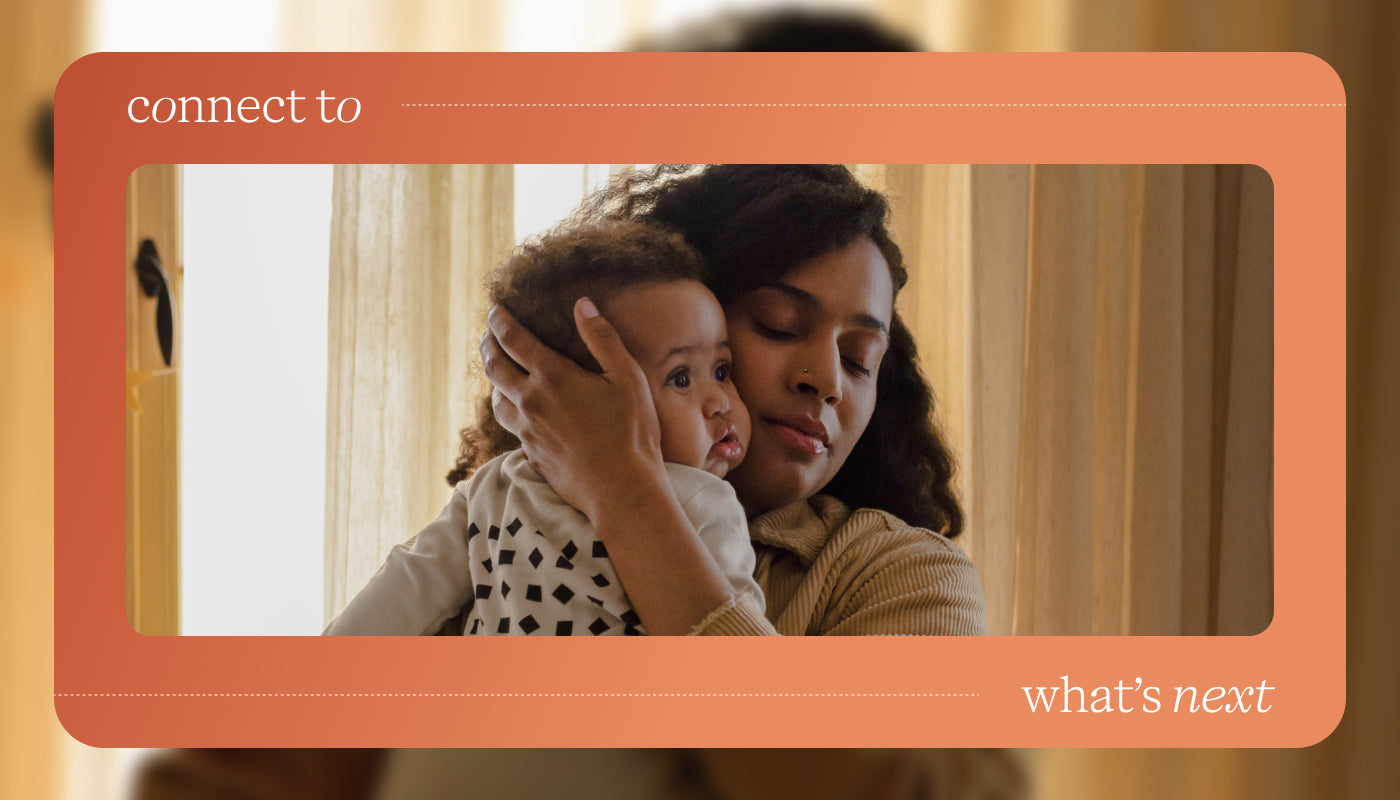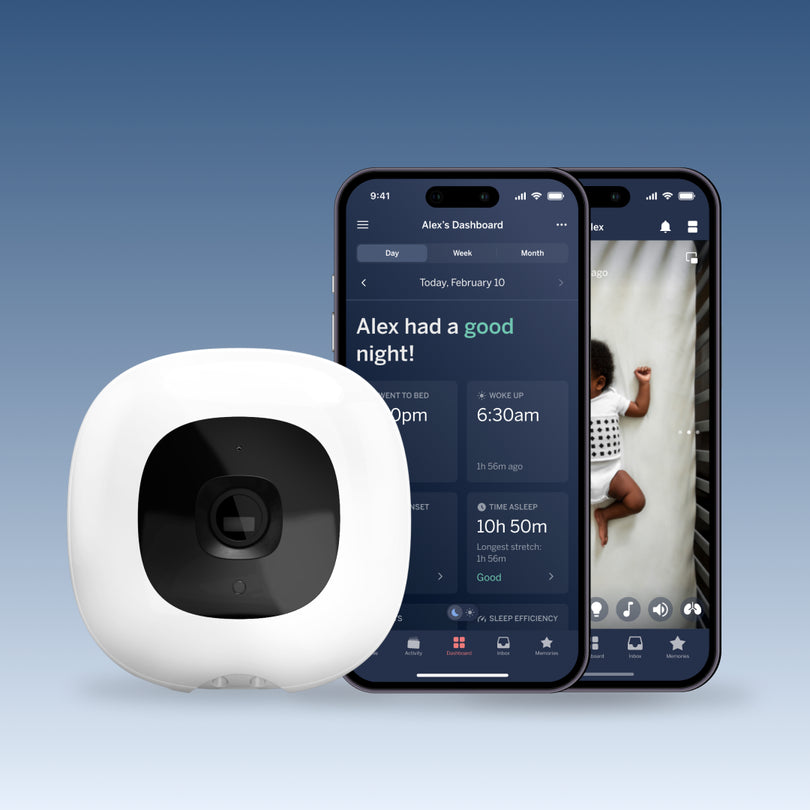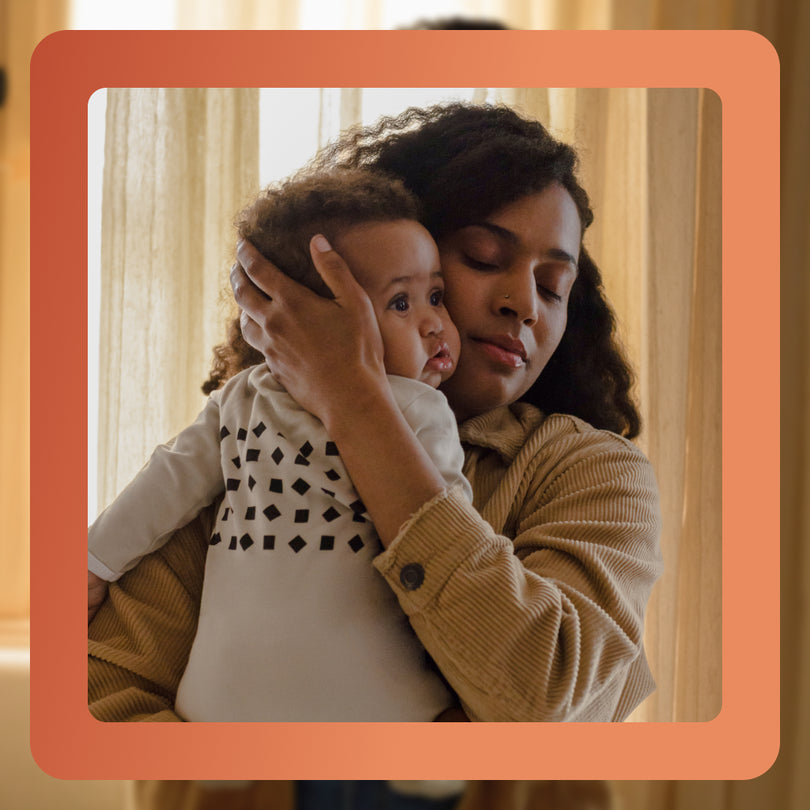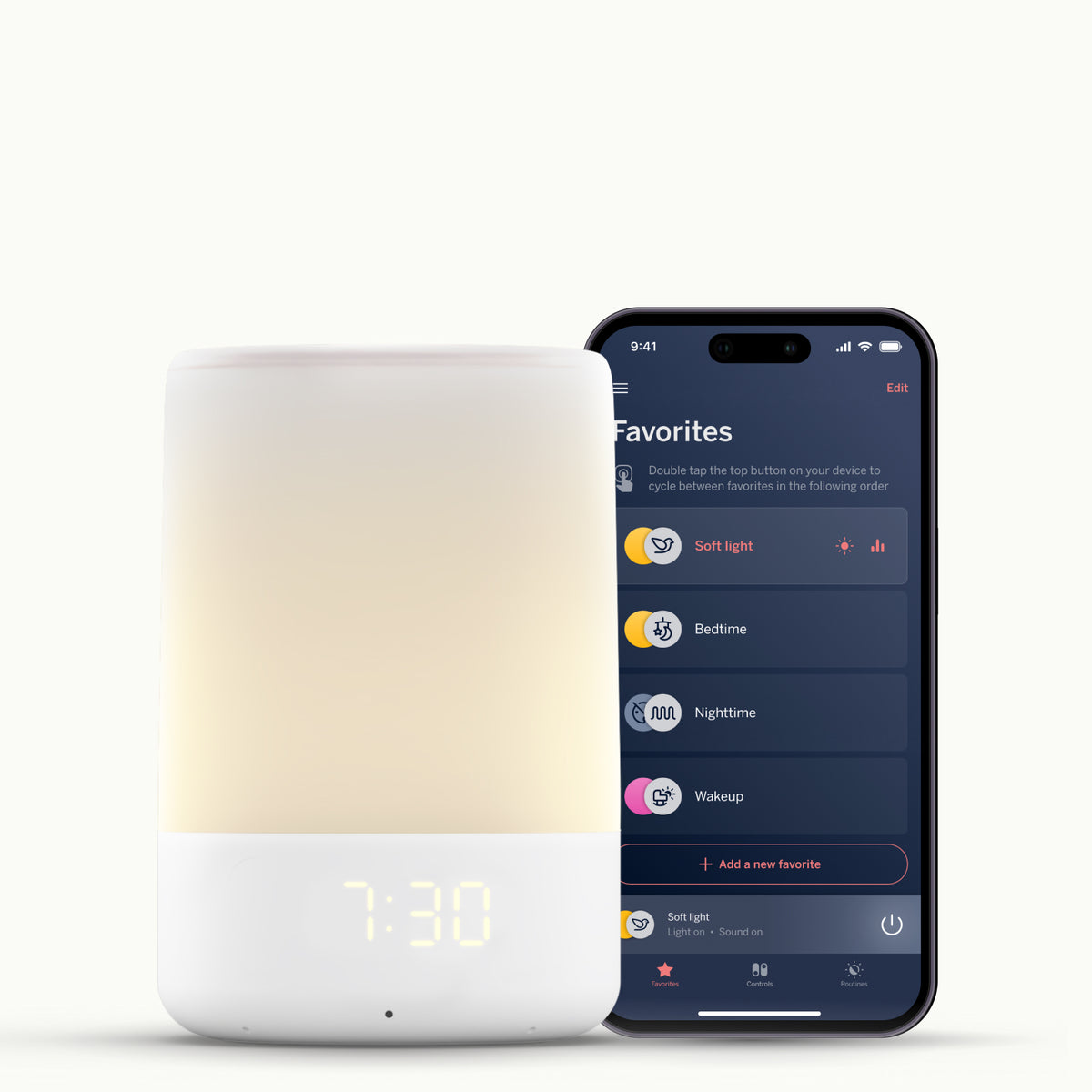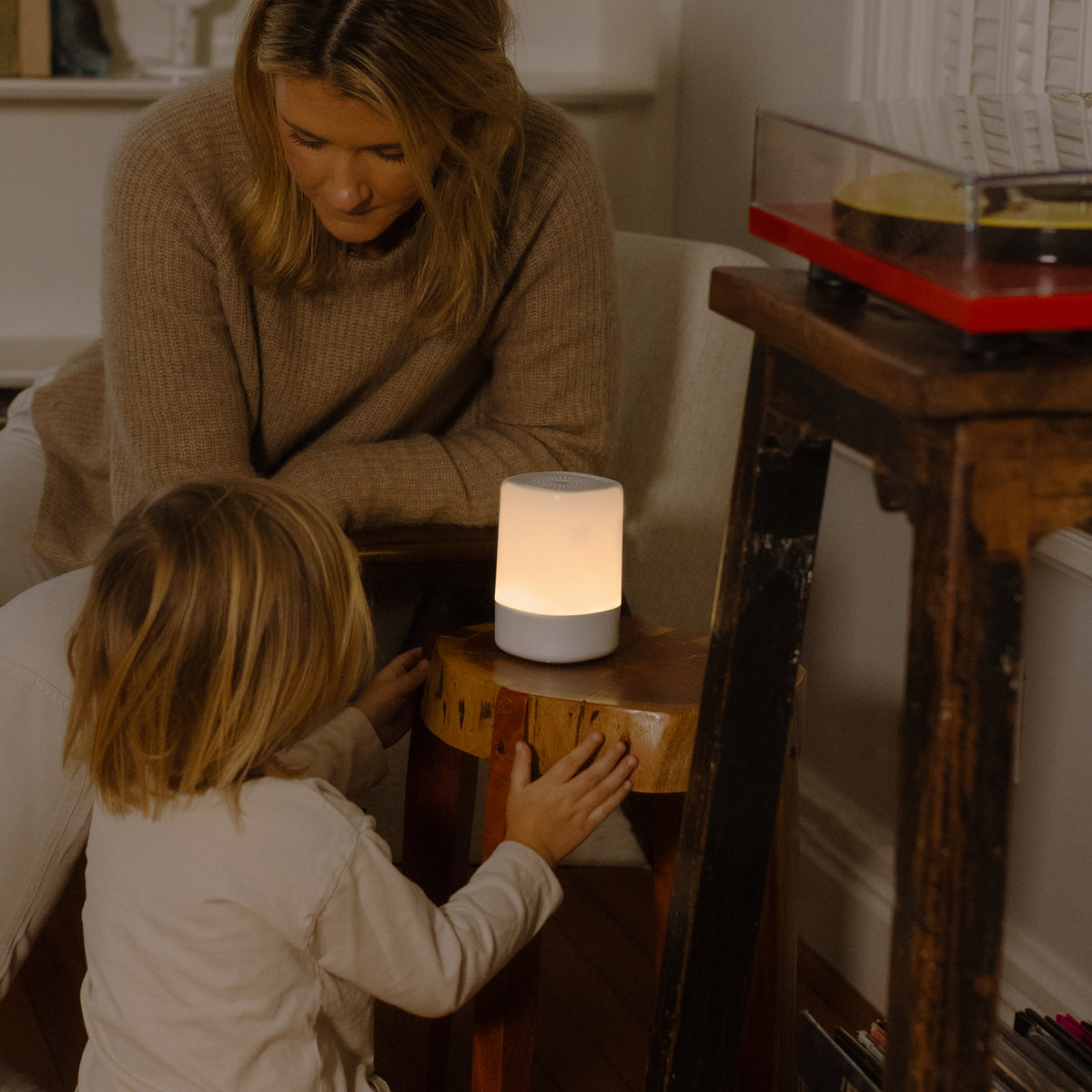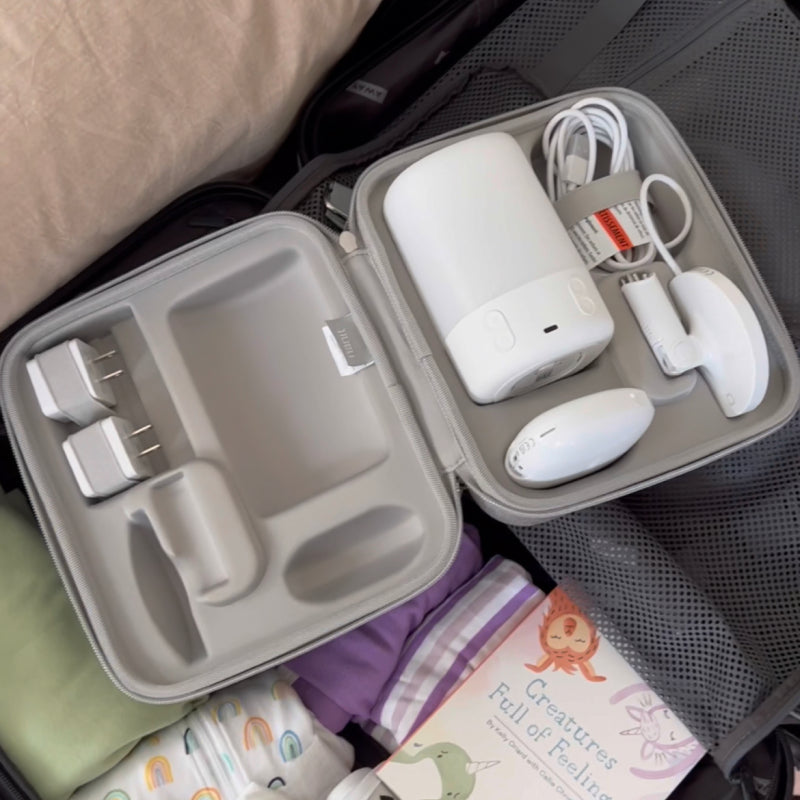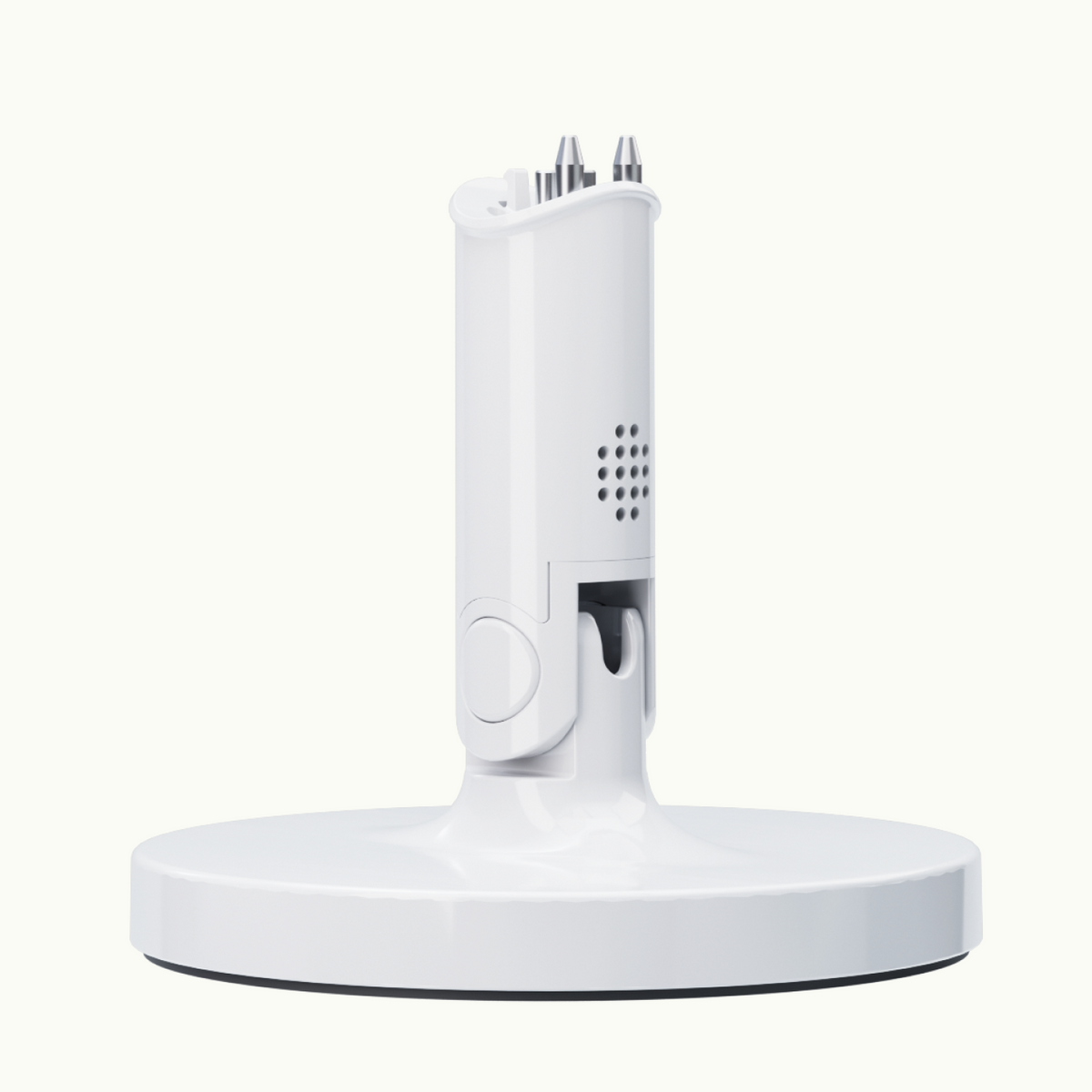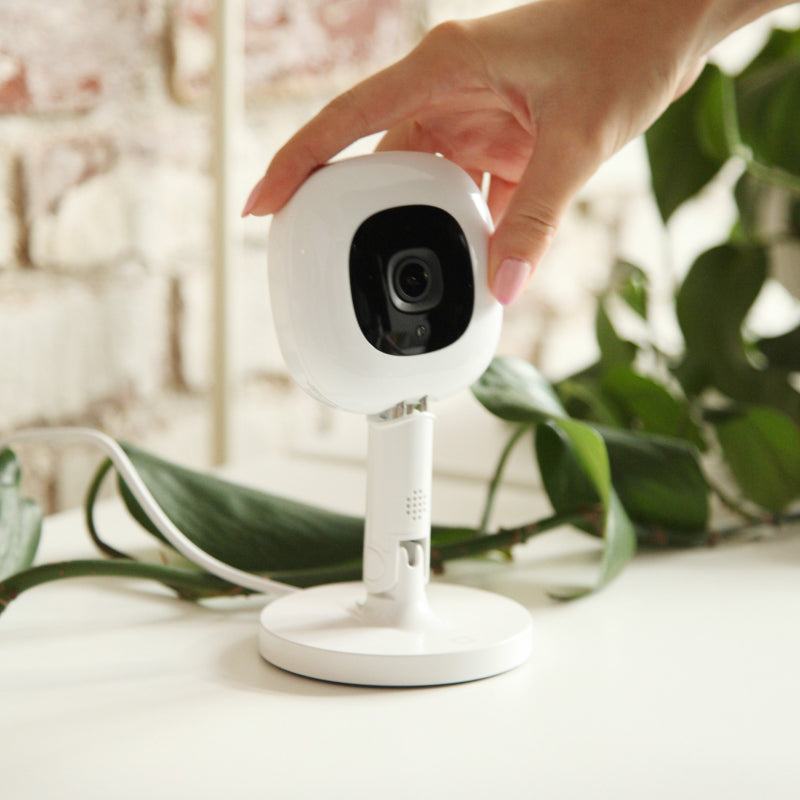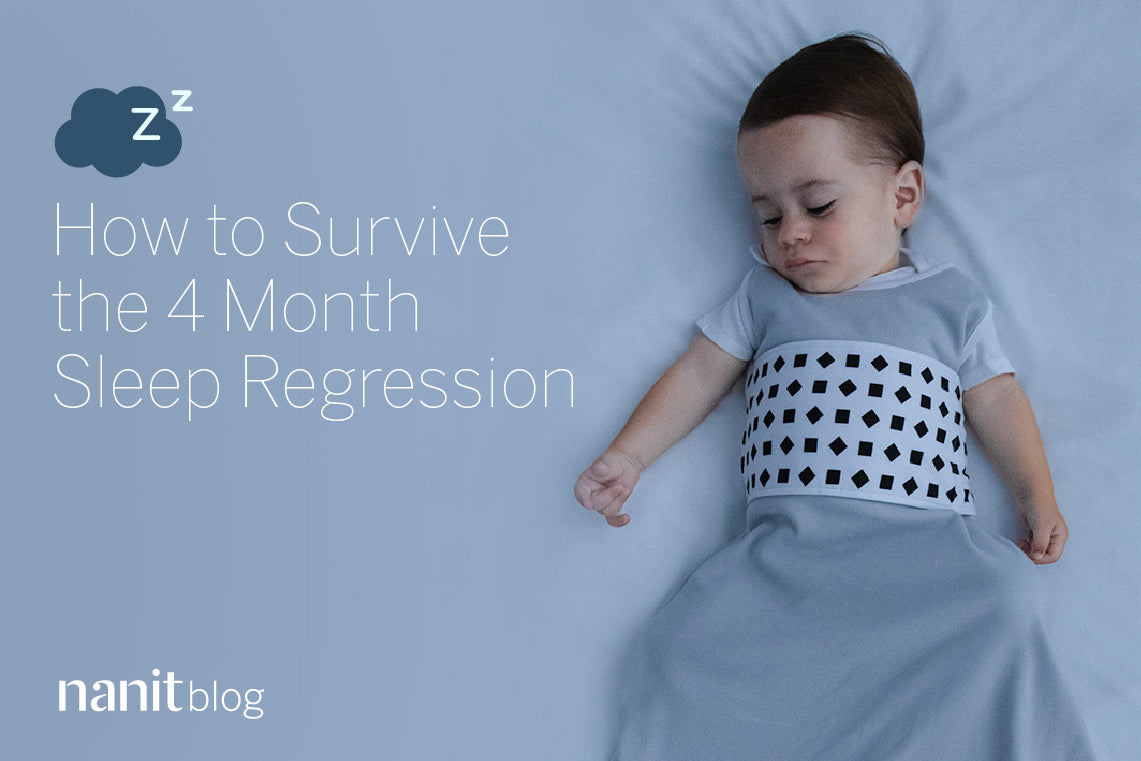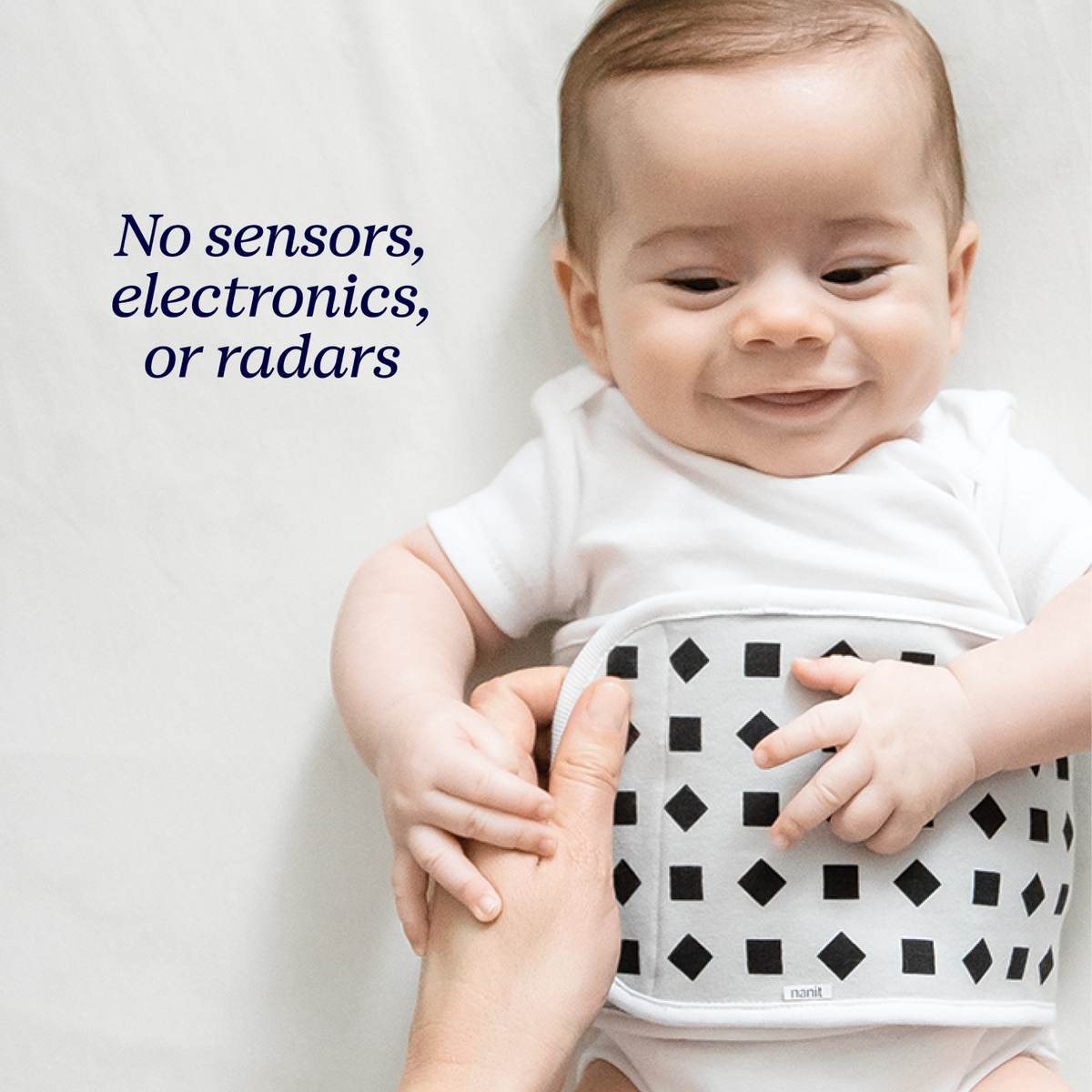Just as you’re emerging from the newborn haze and your baby is sleeping for longer stretches during the night it hits—the 4-month sleep regression. Suddenly, it feels like you’ve taken 10 steps back: your baby is taking short naps, screaming through bedtime, waking multiple times per night, and rising at the crack of dawn. I feel you, mama.
First, rest assured that the sudden changes in your baby’s sleep habits are developmentally normal. Although it’s known as the 4-month sleep regression, these changes typically occur anywhere between 3 to 5 months of age. The fact is there’s a heck of a lot going on in your baby’s brain that’s keeping her awake during the day and night. The biggest is that your baby is starting to sleep less like a baby and more like an adult.
Before, she’d fall asleep and almost immediately enter a deep stage of sleep. That’s why you were able to bring your sleeping newborn into a noisy restaurant or transfer her from your arms to her bassinet without her stirring. Now, it takes your baby more time before reaching those deeper stages of sleep so it’s more difficult to get her to fall asleep and stay asleep. She’s also developing more mature sleep cycles. This means that every hour or two she briefly wakes before (hopefully) returning to sleep. The problem is, if your baby is used to being held, fed, or rocked to sleep up to this point, she’s going to expect you to do those same things to help her return to sleep when she wakes throughout the night.
In addition to your baby’s maturing sleep cycles, months 3 to 5 often bring about other changes that can interfere with sleep such as:
- Learning to roll over
- Teething
- Increased awareness of her surroundings
- Trying to crawl
Survival Tips
While all of the sleep woes you’re experiencing are completely normal, there are several steps you can take to help your baby (and yourself) catch some much-needed Z’s. The 4-month sleep regression isn’t just something to endure—it’s an opportunity to establish healthy sleep habits that will benefit your entire family for a long time to come. Here’s what you can do:
Put your baby to bed drowsy but awake. Start putting your baby down for naps and at night when she’s drowsy (or fully awake). Give her a few minutes to work on falling asleep independently so that she has the chance to develop self-soothing skills. These may include sucking her hand or fingers, rubbing her head back and forth on the mattress, rubbing her little feet together, and more. These will become the tools she’ll use when she wakes during a nap or at night to return to sleep instead of needing you to rock, feed, shush, or bounce her back to dreamland. The better your baby is able to link sleep cycles the more sleep you’ll both get.
Leverage age-appropriate sleep windows. Sleep windows are the times during the day and in the evening when your baby will be able to fall asleep more easily for naps and bedtime. At 4 months old, most babies should be on a 3-nap-a-day sleep schedule.
Make bedtime earlier. When babies are awake for too long, they enter into an overtired state. A chemical reaction occurs in which their bodies convert the sleep hormone melatonin into the stress hormone cortisol, which makes it much more difficult for them to fall asleep. The number one reason for bedtime struggles, waking up multiple times per night, and early rising is a bedtime that’s too late. Your baby’s optimal bedtime depends on the quality of her daytime sleep. If her naps were less than 60 minutes or she skipped the third nap, then lean on an earlier bedtime. If her first two naps were an hour or longer and she took a third nap, then putting her down between 6:30 p.m. to 7:30 p.m. is appropriate.
Ramp up tummy time during the day. Babies often practice new skills in the safety and comfort of their crib. That’s not so cute, though, when your baby is attempting to roll over in her crib at 2 a.m. instead of sleeping. Increase her tummy time sessions during the day to help her master this skill so it won’t take such a toll on sleep. Aim for three tummy time sessions per day lasting 10 to 15 minutes each. Get down on her level and encourage her rolling by gently shaking a toy just over her shoulder. This will help her build those core, tummy, and neck muscles needed to roll independently. Remember that once she’s able to roll, it’s no longer safe to swaddle for sleep.
Find a sleep training method that works for you. We don’t sleep train babies prior to 4 months from their estimated due date, but if your baby is 4 months or older, then our sleep training methods can work for you. Sleep training doesn’t have to mean cry it out. Download one of our ebooks or schedule a free 15 minute sleep consultation to get started.
You Can Do This
As difficult as the 4-month sleep regression is, your baby is making major leaps during this time. At the end of this month, she’s going to seem less like an infant and more like a baby—she’s going to be more interactive and engaging; she’ll be full of giggles, coos, and other adorable noises; she may be starting to roll or crawl; she’s going to explore toys and objects with greater curiosity and interest; and she’s going to fill your world with so much fun. The sleep struggles during this time are real, but taking the steps above will help you both get more rest and make this exciting stage that much more enjoyable.
Do you have questions about your baby or toddler and want to learn more tips to improve sleep? Sign up for your free 15-minute sleep consultation with a certified infant & toddler sleep consultant by visiting dreambabysleep.com/scheduler.
By Carolynne J. Harvey – Sleep Expert, Author of “Dream Baby Nights©” & Founder of Dream Baby Sleep®. Creator of the Sleep Lab online video eCourse.

